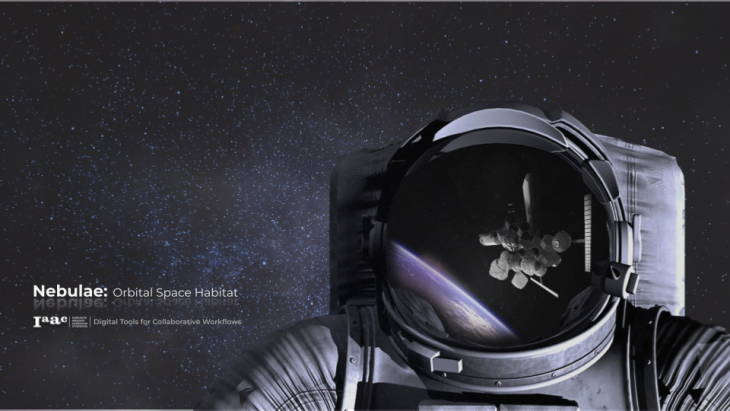
OBJECTIVE
The objective of the following project, developed at the 2022 Digital Tools for Collaboration Workflows seminar, is to present and evaluate the collaborative workflow that was followed during the course of the module, in the search of effective patterns and strategies that enables successful data sharing and interoperability between project partners. The project has therefore a particular focus on this digital collaboration across design groups, software platforms, time zones and file formats.
At the core of the collaborative process are Speckle and BIM, two softwares that are currently at the center of the discussions in the AEC industry and in the architectural trade. Two tools that have changed the process of going from implicit to explicit representation, refining the design through continuous input from engineering, environmental, cost and fabrication constraints.
PROJECT FRAMEWORK
During the studio students were split up in two teams of five groups. Each team developed a Space Habitat project. One team focused on a Lunar base, whilst the other team focused on an orbital base. The current project was part of the orbital base. The projects were based on actual space physics and extreme environmental factors These complex projects were developed with a certain level of detail in a collaborative scenario, and were required to produce project documentation while undergoing changes during different stages of the development. All the projects were tied by a common infrastructure whose changes influenced each of the projects, forcing the students to create interfaces that could parametrically adapt during the project development.
PROJECT EXECUTION PLAN
How many actors were involved? / What were the roles involved?
For this theoretical project, each of the three members of the group was assigned a task and the main responsibilities were established, each working on a particular module. These modules were ‘Sports’, ‘Yoga’ and ‘Casino’. The three actors did not, however, intend to cover all the responsibilities of each design process, as the pr0posed scheme takes into consideration the strenghts of the different parties.
How do the different actors/roles interact? / How to deal with those interactions?
STEP1 – Creating the Overall Streams
Five data streams were created for the exchange of 3D models data, corresponding to the five groups of the Orbital Base: Infrastructure, Living, Working, Sports + Recreation and Greehouse. This task was supposedly done by the Infrastructure Group.
The stream Initial data, was fed from the beginning with the existing condition 3D data, consisting as documented in the following diagram.
The streams creation and feeding was executed through the Grasshopper and Rhino Speckle interface, following the different steps:
- Orbital Research, shared mainly through Slack and Miro
- Orbital Conclussions, stablishing the main system and geometrical constrains that would define the rest of the projects.
- Sharing the main constrains and systems with the groups through Speckle
This stream would later on get back to the Infrastructural group as will be seen in ‘Step 3’.
Proposed Scheme vs Actual Scheme
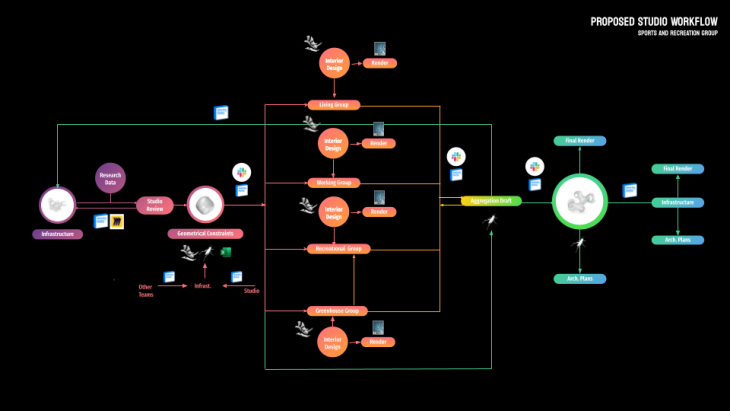
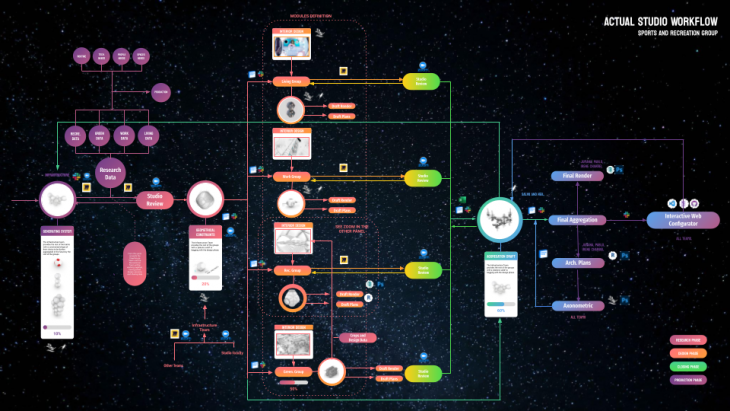
STEP2 – Creating the Recreational + Sports Stream
Using the Infrasture stream as input, the simulation went to the next design step as the Grasshopper architect, here represented by Pablo Jaramillo, developed the main system for the recreational and sports modules (inner structure, inner skin, outer structure and outer skin).
The tensegrity and iniflatable system was created with a Grasshopper algorithm, and followed the geometrical constrains provided by the Infrastructure team. These geometrical constrains, affected the overall aggregation design as they received different imputs from the Studio Faculty, resulting in a constant feedback loop till the very end of the project.
Once the main shaped for the modules was stablished, each member of the group focused in one of them. In this way, the three members developed the interiors and furniture contained into each module.
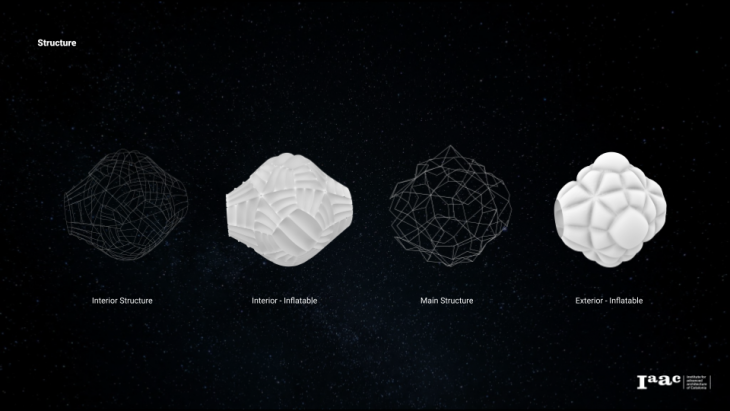
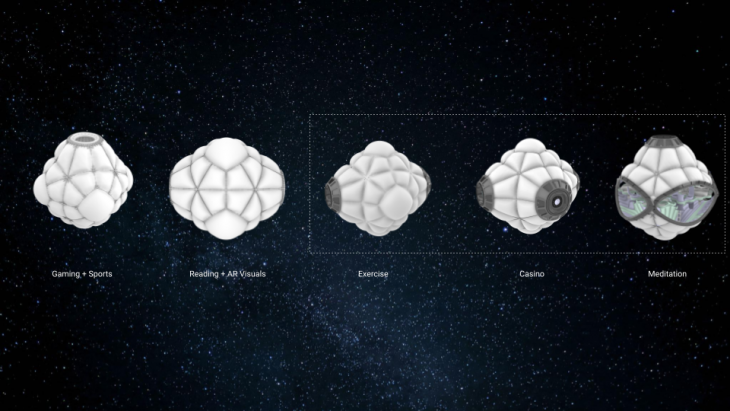
STEP3 – Designing the Interiors
Using the Inflatable system stream and the Infrastructure stream as inputs, the design last step consisted in, through the use of Rhino, the constant update of the modules’ interior. Whilst in Step 2 the modules were manipulated in terms of shape, the Step 4 focused on changing the types of elements that were inside of them to better suit their programme.
Although this process was theoretucally suppose to happen in the Speckle and Revit interfaces, the new elements were shared through other streams, and were later included in Revit.
Proposed Scheme vs Actual Scheme
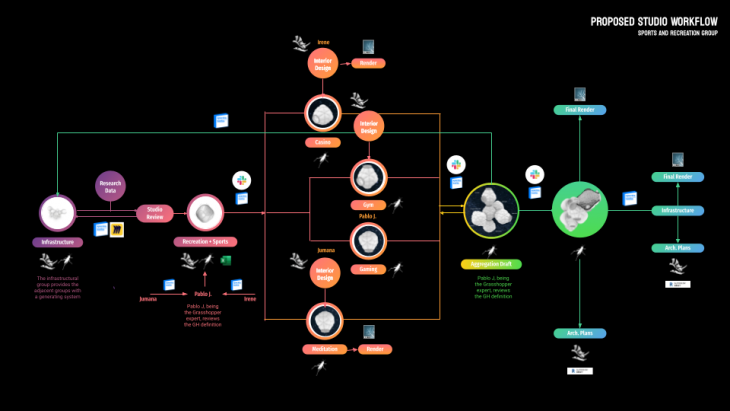
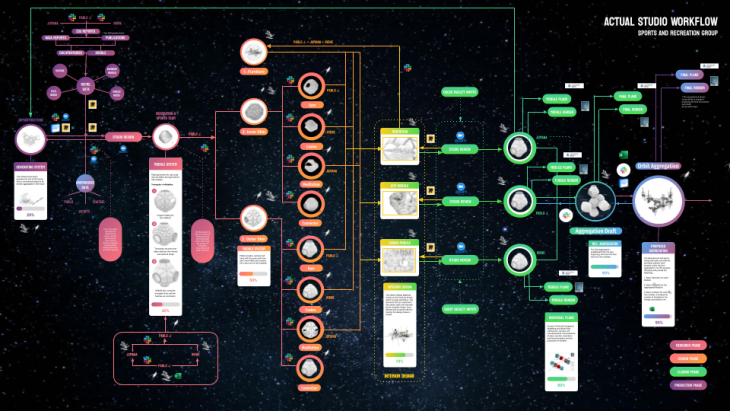
STEP4 – The Aggregation Process
The worklow ended with the production process, triggered by the final aggregation. Each one of the groups, having closed their final design, provided the infrastructure group with their geometries through Speckle. Different members from different groups collaborated together to produce the required documentation, including Revit drawings, an exploded axonometric and a web interface configurator and renders. The work was balance inbetween groups so they would have enough members working on their group documentation.
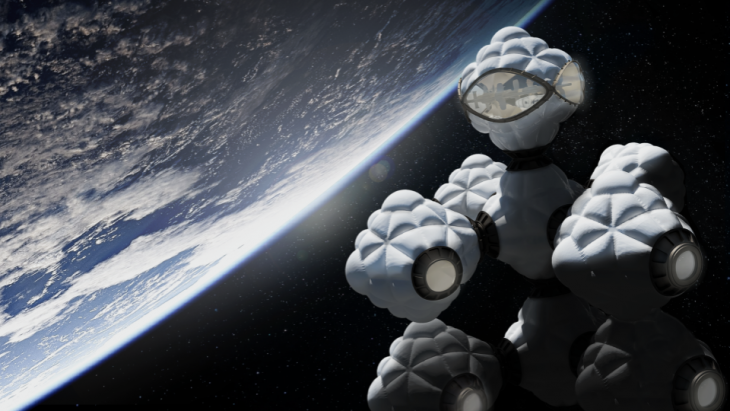
CONCLUSION
Interoperability is a main problem in the AEC industry, considering the amount of proprietary formats and their authoring softwares available today. Besides the best efforts of the groups in the different stages, the proposed simulation proved to have many flaws, specially when being at different design stages as a result of the faculty’s feedback.
Besides that, the possibilities of live collaboration, enabling the creation and real time edition of BIM elements thought a project of multiple stakeholders, between different proprietary formats, without sharing the same physical location and/or sending multiple files with formats and revisions, is a considerable benefit of this type of process.
CREDITS
NEBULAE: ORBITAL SPACE HABITAT – DITIGITAL TOOLS FOR COLLABORATIVE WORKFLOWS is a project of IAAC, Institute for Advanced Architecture of Catalonia developed at Masters in Advanced Computation and Design (MaCAD) in 2020/2021 by students: Jumana Hamdani // Pablo Jaramillo // Irene Martín and faculty: Alan Rynne // João da Silva